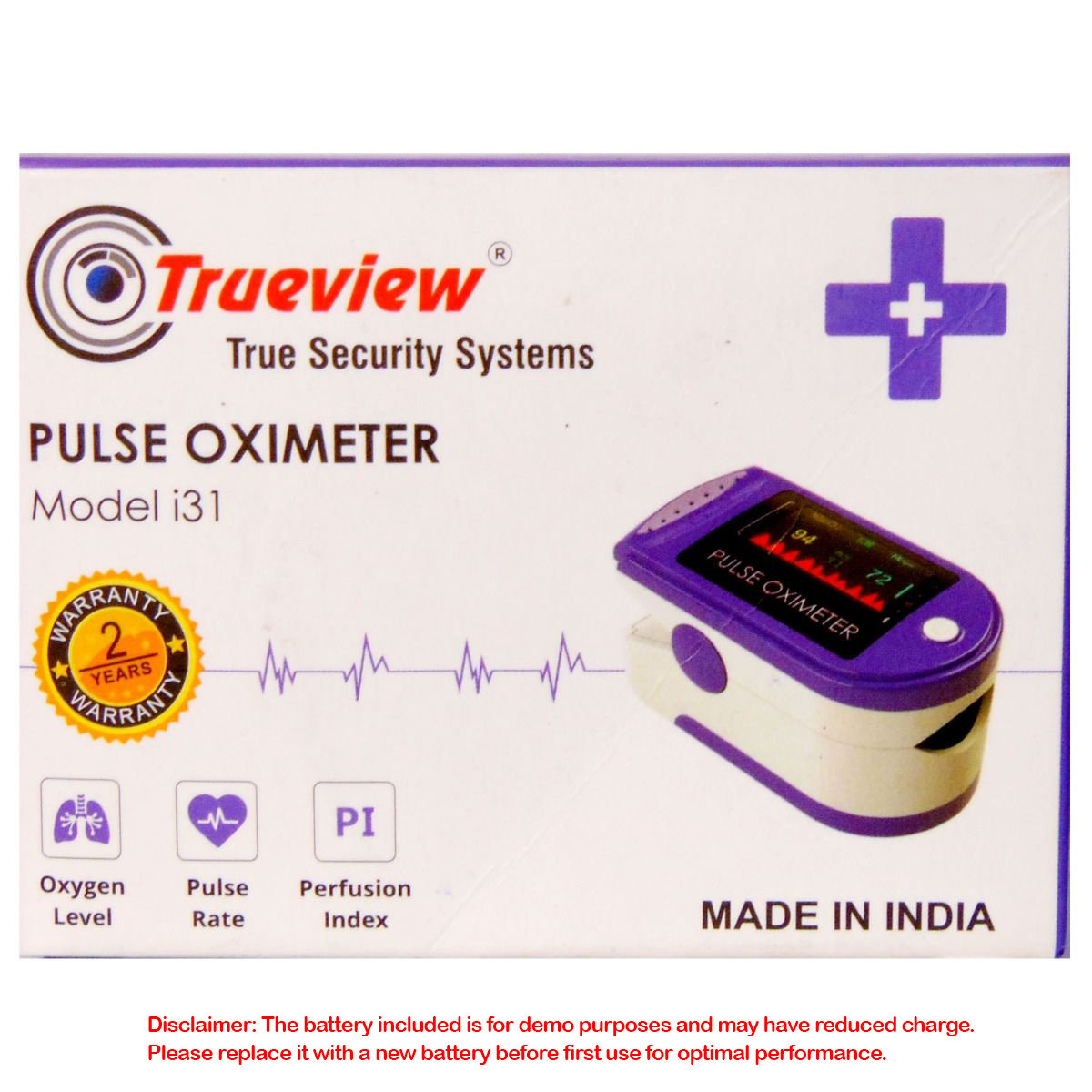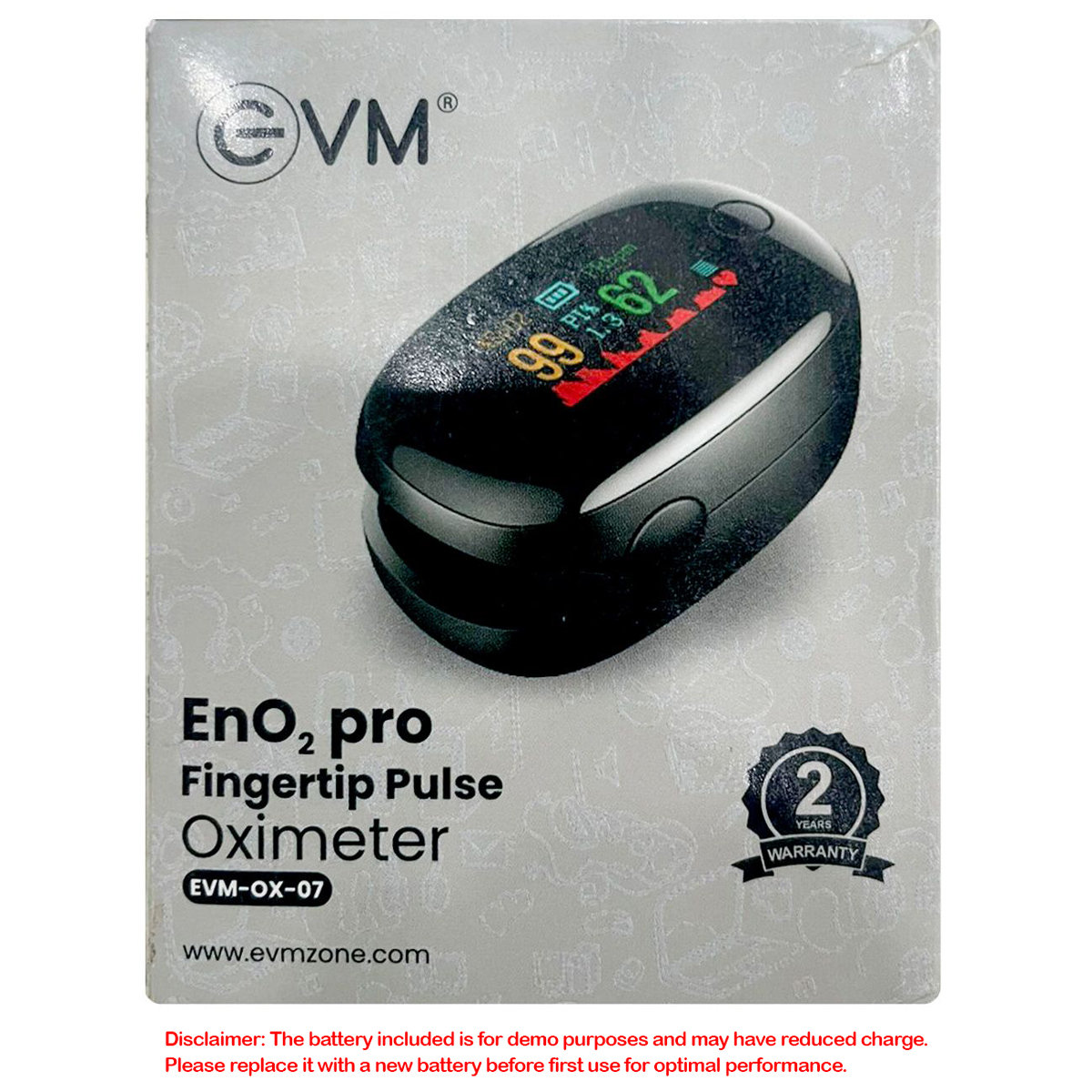Get pulse oximeters from Apollo Pharmacy!
Apollo Pharmacy has a reputation for selling 100% genuine healthcare essentials. It has been providing healthcare products and medicines for more than 32 years now. Explore a wide range of pulse oximeters on the app and get them today without any hassle.
Pulse Oximeters
A pulse oximeter is a compact, portable, and lightweight tool that monitors oxygen levels in the body. It is a painless device that connects to your fingertip and sends two wavelengths of light to monitor your pulse rate and the amount of oxygen in your body. Pulse oximeters can quickly detect variations in oxygen levels.
Advantages of using a pulse oximeter
Pulse oximeters are small, handheld devices that use light absorption in the finger to detect oxygen levels and heart rate. The treatment is painless and widely tolerated by patients of all ages. Data is analysed in seconds, making it a valuable tool for managing several health issues and overall well-being.
This portable device is also utilised for comprehensive well-being and health applications, such as fitness, sports, and relaxation management.
Uses and purpose of an oximeter
A pulse oximeter determines whether the blood is adequately oxygenated. These are used by healthcare practitioners to monitor a patient's health.
- Pulse oximeters are used by healthcare practitioners for a variety of purposes, including:
- To determine if someone needs assistance with breathing.
- To determine the effectiveness of a ventilator.
- Knowing oxygen levels during or after surgical procedures.
- To see if additional oxygen therapy is necessary.
- To assess the efficacy of supplementary oxygen treatment.
- To test the ability to tolerate increasing physical exercise.
- To see if a person suddenly stops breathing while asleep.
How does a pulse oximeter work?
A pulse oximeter operates by transmitting two wavelengths of light through the patient's fingertips to obtain information. Since they have no definite temperature, these lights cannot be sensed by the skin. With its noninvasive examination style, it is a precise tool for both home care and professional healthcare setting. Aside from a precise pulse rate reading, the SpO2 reading, often known as oxygen saturation levels, is also recorded.
A doctor may also suggest that you use a pulse oximeter at home.
Accuracy of an oximeter
A pulse oximeter's findings are fairly precise. Its results can be trusted to be within 2% of what they are. Your true oxygen saturation could be in the range of 80 to 84 percent if your oximeter measurement is 82 percent. As factors like movement and temperature can affect accuracy, try to be still while taking a reading. Most healthy people have an oxygen saturation level of greater than 95%. Any result below 92 percent could indicate hypertension or a lack of oxygen to bodily tissues.
More than 89 percent oxygen saturation level is required to keep your body's cells in good working order. While a reading of oxygen saturation below this level for a short period isn't the reason for panic but persistently low levels should be taken seriously.
What are the limitations of low-quality finger pulse oximeters?
There are many battery-powered fingertip pulse oximeters available at reasonable prices. When blood flow is low or during a hand movement, these items may yield imprecise measurements. Also, several low-quality solutions on the market do not work with smartphones to store, monitor, and exchange data.
Frequently asked questions
This is a noninvasive way to check oxygen saturation and heart rate. Also, trends from previous periods can be seen.
Before using the probe on another kid, clean it with alcohol and let it dry.
There are no serious issues with oxygen saturation monitoring in the newborn population when the neonatal probes are used as directed. Electrical short-circuiting has the potential to cause burns. If the probe is applied excessively tightly, limb ischemia might ensue, especially in an edematous limb.
The probe can be placed on the neonate's fingers, toes, hand, foot, or wrist. Other locations will be determined by the infant's size. Newer probes enable implantation on the forehead. In hypoperfusion situations, ear lobe probe insertion is especially beneficial.
Yes, red-spectrum light in the environment can interfere with accurate oxygen saturation sensor readings. The measurements are skewed by light from heat lamps and phototherapy. The tremendous intensity of light released by these sources obscures the probe's light transmission. Black paper (e.g. carbon paper), black polythene, or aluminum foil can be used to shield the probe from ambient light.


